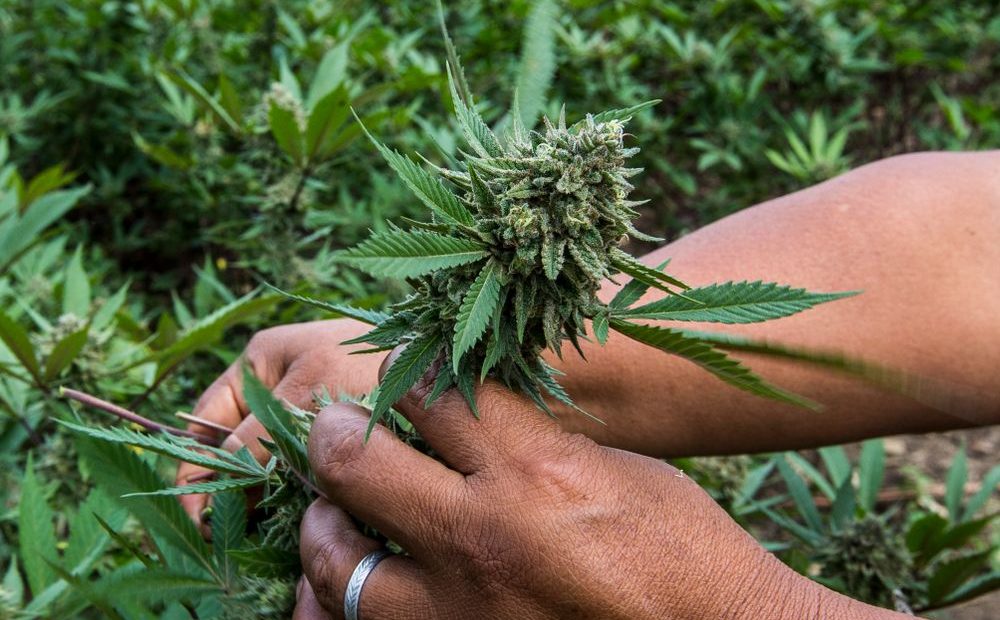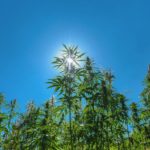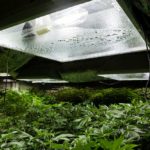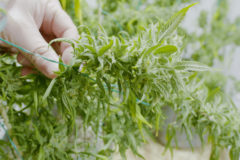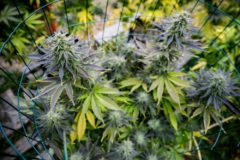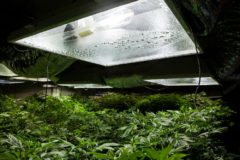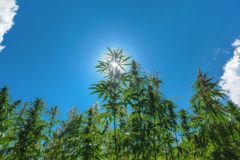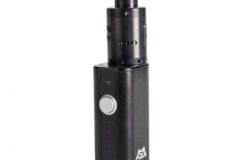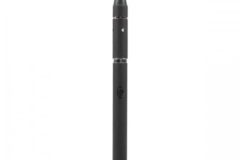Cannabis is a non-perennial plant with flowers in late summer and early fall. The growing process commences in spring when the weed seeds are planted. Quickly, they will develop branches and leaves, becoming bushy and tall, until the hot summer months trigger the flowering phase. In autumn, when the flowers reach maturity, weed cultivators cut them down, dry and trim them before use.
The Environmental Factors Are Essential for Weed
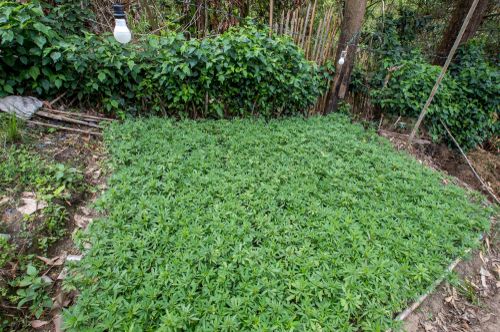 In the Northern hemisphere, marijuana cultivators plant the seeds in the spring, during March and May. Concurrently, the flowers are harvested in the fall season. Nevertheless, in the Southern hemisphere, where the seasons are reversed, the planting process commences in September and ends in November. As for the harvesting, it takes place between March and May.
In the Northern hemisphere, marijuana cultivators plant the seeds in the spring, during March and May. Concurrently, the flowers are harvested in the fall season. Nevertheless, in the Southern hemisphere, where the seasons are reversed, the planting process commences in September and ends in November. As for the harvesting, it takes place between March and May.
If you live near the Equator, you could attempt to cultivate medical marijuana throughout the year, as the weather would allow you to do so.
As the days become shorter and the nights grow longer, the cannabis starts switching to the flowering stage. Evidently, the precise timing when this would happen is entirely dependent on the latitude.
What is more, elements such as altitude, temperature, rainfall and other environmental conditions are likely to affect the cannabis’ maturation. As a result, every area has an ideal growing location. Generally speaking, mild weather determines the flowering stage to come sooner, while excessive cold or heat might postpone the ripening and the flowering.
How Are the Strains Affected by the Environment?
Typically, the commercially-grown strains you can find on the market have been modified, in order to make them provide a greater yield or to diminish the flowering time.
In general, you should anticipate indica-dominant strains to grow shorter, and reach the flowering phase faster than sativas. Sativas, on the other side, have the longest flowering time; as a result, they might not survive the ripe phase when grown too far in the north or south.
Harvesting, Drying, and Curing of Weed
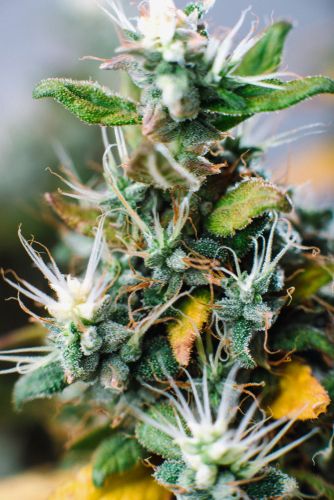 After harvesting the cannabis plants, you have to dry them, in order to diminish the water content and eliminate chlorophyll. Ideally, you should hang the marijuana in a climate-controlled room, for up to two weeks. Experts say that drying the flowers too rapidly might negatively affect their flavor, leading to a bitter or harsh taste. At the same time, flowers that are overly moist won’t be suitable for marijuana smoking.
After harvesting the cannabis plants, you have to dry them, in order to diminish the water content and eliminate chlorophyll. Ideally, you should hang the marijuana in a climate-controlled room, for up to two weeks. Experts say that drying the flowers too rapidly might negatively affect their flavor, leading to a bitter or harsh taste. At the same time, flowers that are overly moist won’t be suitable for marijuana smoking.
The highest-quality cannabis should be cured after drying, which is something commercial growers don’t take the time to do. Still, it goes without saying that both drying and curing influence the flavor and the effect of the medical marijuana, for the better or for the worse.
Preserving the plant’s cannabinoid and terpene profile intact is challenging. As a result, the humidity and the temperature should be regulated and adjusted depending on the flower’s terpene content and density.
These are some of the primary elements that affect the cannabis plant. As long as you factor these in, you’ll definitely be on the right path to cultivating high-quality medical marijuana you can enjoy whenever you need! All what you need for growing weed find here.


